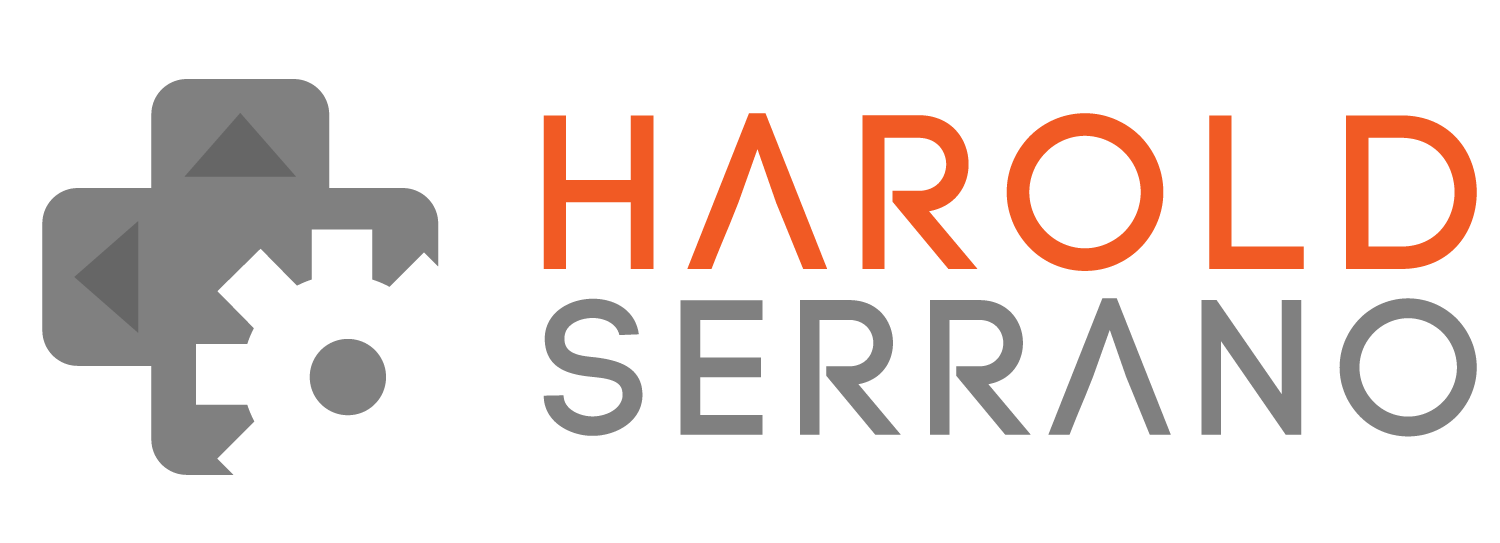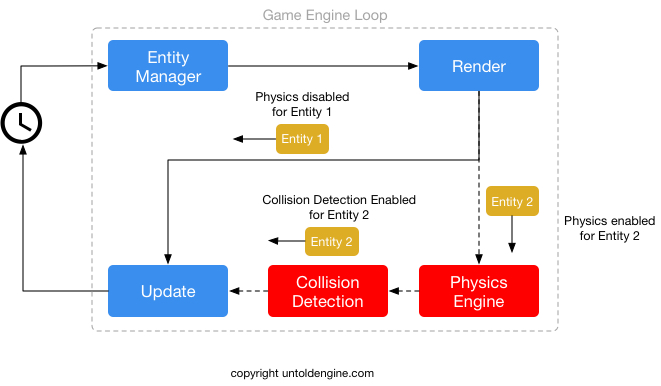By far, the easiest component to develop in a game engine is the Rendering Engine. However, to beginners, this is also the component that will cause a bit of frustration. The frustration is not related to complexity, but confusion — especially when using Graphics APIs such as OpenGL, Vulkan or Metal.
So why is the easiest component to develop, also the most frustrating to get it working?
The problem lies in the fact that for a device to render a 3D model on its display, three things must work synchronously: The flow of data, GPU Shaders, and Transformations.
OpenGL/Metal are mediums that take attribute data from the CPU to the GPU. They transfer attributes such as vertices, normal vectors, UV coordinates and textures from the CPU into the GPU.
However, the GPU will not know what to do with these attributes until GPU Shaders have been compiled, attached and activated. Only then, will the Rendering Pipeline be ready to transform the space of the vertices, assemble, rasterize the primitives and finally send the data to the frame-buffer.
Finally, for all this to work, you need to have a good understanding of Linear Algebra operations, such as Transformations. In Computer Graphics, the most common transformations are Model-World Space, Model-View Space, and Model-View-Projection Space.
In summary, to render a simple cube requires a bit of knowledge of the OpenGL/Metal API, how GPU shaders work and their purpose within the Rendering Pipeline, and Linear Algebra concepts. It is not hard to see why computer graphics can cause a bit of frustration and confusion for beginners.
However, once you have a good understanding of Computer Graphics, developing a Rendering Engine becomes relatively easy when compared to other components of a Game Engine.



